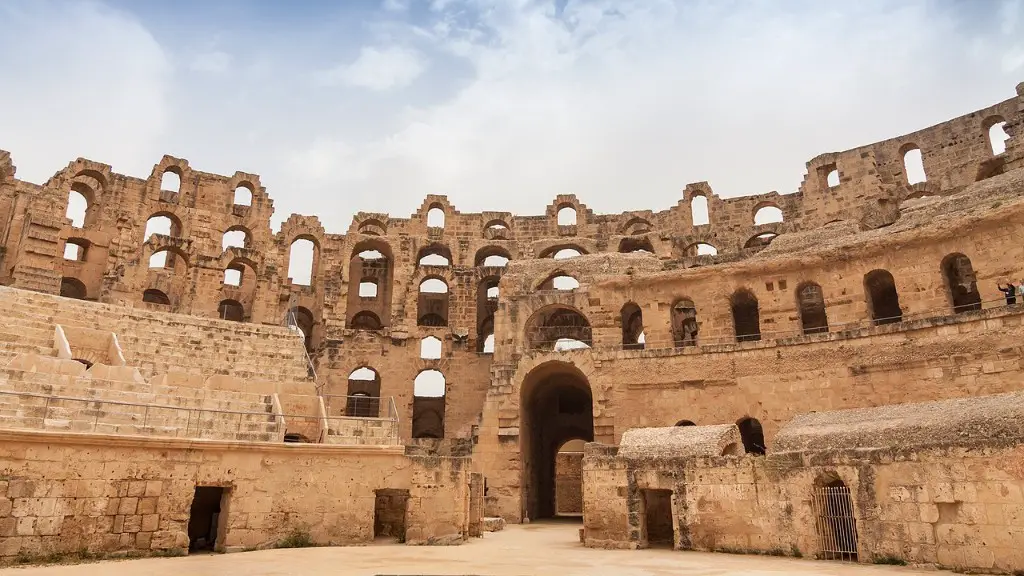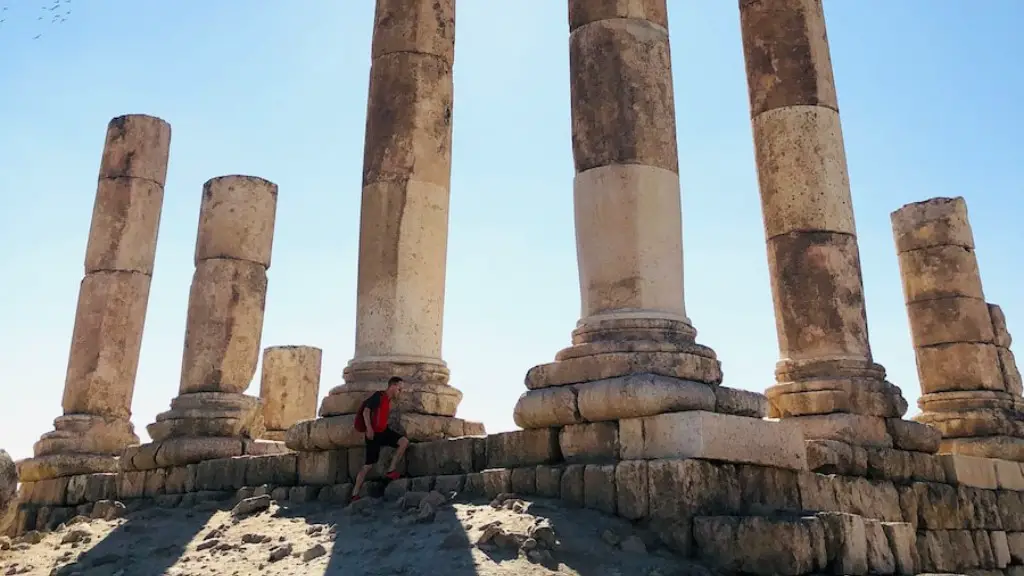Introduction
Tabernae, or taverns, were an important part of life in ancient Rome. Not only were they places of entertainment and relaxation, but they were also great sources of sustenance and were one of the main places where people gathered to eat and drink. Tabernae were places for people to socialize, share stories, and enjoy the company of their friends. This article will explore the history and function of tabernae in ancient Rome, as well as the different types of tabernae that existed during this time.
What Were Tabernae?
Tabernae were establishments where ancient Romans could purchase food, wine, and other goods. They were the equivalent of what we might today call a shop or market. They could be found throughout the streets of Rome, ranging from small stalls to larger establishments. Most tabernae served food and wine, and some also sold other goods such as clothing and jewelry. Some tabernae also served as inns, where travelers could stay for a few days, either for rest or for business.
Types of Tabernae
There were different types of tabernae, depending on their size and the goods they offered. The most basic type were the caupona tabernae, named for the Latin word for ‘shopkeeper’. These were the simplest of all tabernae, usually very small establishments serving simple food and drinks such as wine and bread. The next level up were the thermopolia, which offered hot food such as porridge and sausages, as well as drinks and pastries.
The largest type of tabernae were the fullonica, which were larger establishments that offered a variety of food, wine, and other goods. These tabernae usually occupied a large building and had a number of different rooms. They were typically quite popular and attracted people from all walks of life. They also served as inns, where people could stay for a few days or longer.
Functions of Tabernae
Tabernae fulfilled a number of important functions in ancient Rome. They were places where people could buy food and drinks, which were essential for both sustenance and leisure. Tabernae were also social hubs where people could meet up with friends and enjoy meals together. As well as providing sustenance, tabernae were also places of entertainment, as many offered live music and other forms of entertainment.
Tabernae also offered an important source of employment for those living in Rome, as many people worked in the various tabernae. These included shopkeepers, cooks, waiters, and even entertainers. This provided a valuable source of income for those living in poverty, as well as an opportunity for them to interact with others and gain important social skills.
Significance of Tabernae in Ancient Rome
Tabernae were an important part of life in ancient Rome and played an integral role in the economy. Although they were primarily places to buy food, they were also places of social and cultural significance. Tabernae provided a place for people to come together to socialize, and they were also important sources of employment. Tabernae also served as inns where travelers could stay for a few days, and they provided a valuable service to the people of ancient Rome, helping to ensure the prosperity of the city.
Conclusion
Tabernae were an important part of life in ancient Rome and played an integral role in the economy. These establishments provided a place for people to meet up with friends and enjoy meals together, and they were also important sources of employment. Tabernae served as places to buy food and drinks, as well as inns for travelers, and were responsible for helping to ensure the prosperity of the city.

